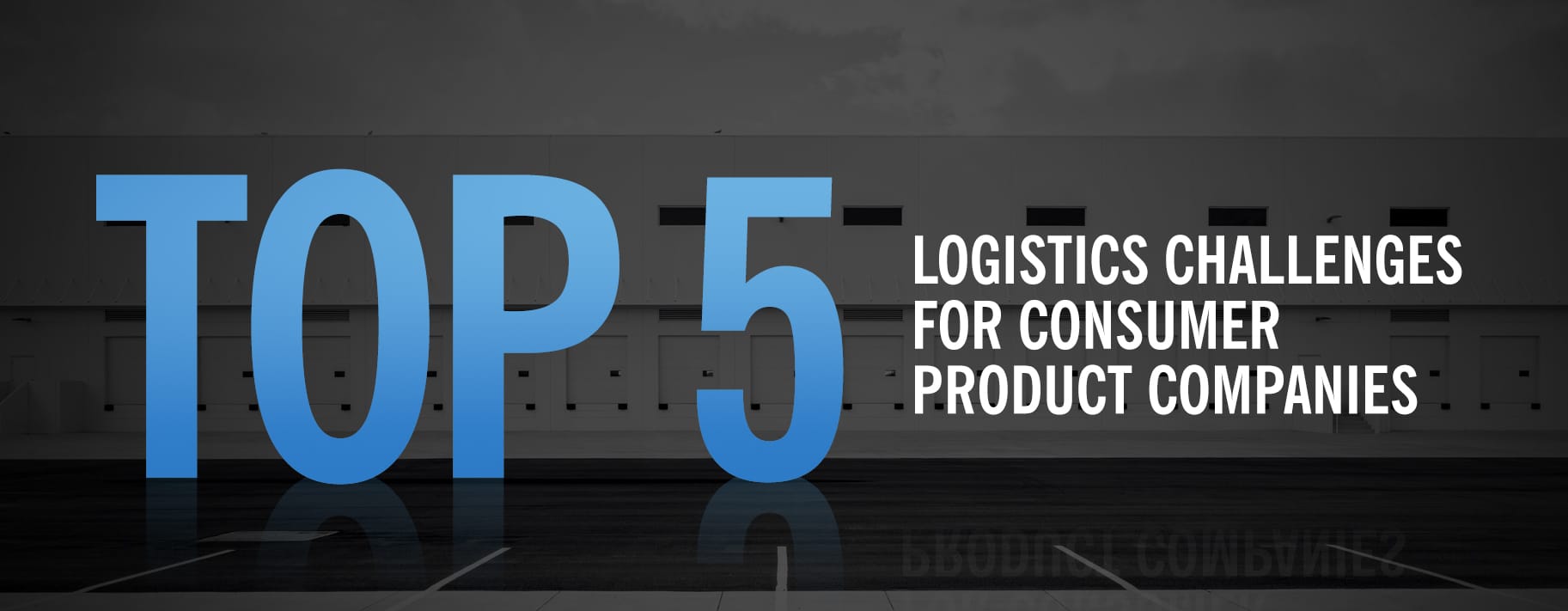
Every industry has its own list of unique logistics challenges. And issues can arrive from a multitude of sources – product type, mode, receiver, market conditions, etc.
Working exclusively within the food, beverage, and consumer product sectors, the transportation professionals at Zipline Logistics know the ins-and-outs of these unique challenges.
But what are some common food transportation issues most face? Here are the top five food transportation issues we help our customers navigate.
MABDs and Retailer Chargebacks
Manufacturers of consumer products must hit strict delivery dates set by their customers, referred to as Must Arrive by Dates (MABDs). If missed, fees are incurred. For example, Kroger charges a flat $500 for late orders, and Walmart’s On Time In Full (OTIF) Program takes 3% of the purchase price on late cases. If unable to meet timelines dictated by customers, consumer brands can lose tens of thousands in profit on a quarterly basis and ruin buyer relationships.
Retailers also set strict parameters for their orders and each store can be vastly different in what they demand. Rules may be provided for:
- Pallet configuration
- Appointment scheduling and confirmation processes
- Operating hours
- Preferred carriers
Refrigerated Shipping
Many consumer goods are subject to perishability or freeze-ability and require temperature-controlled transportation. Demand for this equipment has increased dramatically with the consumer preference for fresh and less processed products while the supply has seen little improvement due to the higher cost of ownership and a more challenging regulatory environment. This means significantly tighter capacity and often higher prices when compared to traditional truckload or dry van.
Availability of refrigerated vehicles is also impacted by seasonality. Between April and July, it is prime produce season in the United States and temperature-controlled trucks are less plentiful on the spot market.
Handling and Contamination
When shipping food and beverage products, trailers must always be clear of debris and odors before loading. The presence of any contaminate could permeate packaging and ruin the goods being shipped. Trailers often get rejected, for this reason, derailing shipping timelines. It’s imperative that instructions are properly communicated to involved parties.
Overhandling of freight is another common issue that can ruin the product. This is a real concern for shippers of snack products and bulk ingredients. Bags and totes are fragile and can snag or rip when moved. The more times a product is loaded and unloaded, the more chances there are for breakage. And any holes in packaging equates to a ruined product. Choosing modes that require fewer transfer points can help to reduce risk.
Less-than-Truckload (LTL) Shipping
LTL is great for shippers who don’t have enough freight to fill a full truck. But, the mode has some limitations that are particularly difficult for consumer goods brands.
Unfortunately, LTL shipping is notorious for overhandling. The traditional LTL model requires freight to be picked up, unloaded at a central facility, then reloaded for final delivery. The extra transfer of product opens the window for breakage.
Additionally, a large mix of products could be loaded together on an LTL van. Pickles, house cleaners, and chips might all end up in the same truck going to a grocery store. With threats of contamination, this makes LTL a difficult mode for consumer brands.
Yet, the largest hurdle with LTL shipping is appointment scheduling. Only when an LTL carrier arrives at a delivery terminal are they able to schedule appointments. But by that time, large retailers could be booked out for more than a week. This means missed MABDs are common.
To overcome this limitation, shippers have a few options. Some carriers go into large retail and grocery facilities daily, others go once a week. Those that go more often are referred to as “preferred carriers” and can more easily help shippers meet deadlines. These carriers are often slightly more expensive but can help avoid late delivery and accessorial charges.
Or, choose a different mode, avoiding LTL altogether. We help clients do this with consolidation and multi-drop order programs. Rather than shipping small pallet orders independently with LTL, a brand can load one full truck with multiple orders and follow a route that lets them drop of orders in progression. Not only does this improve service, it can also cut overall transportation spend.
Market Volatility and Margin Compression
Freight typically accounts for about 5 percent of costs of goods sold, or roughly 3 percent of sales on average for food manufacturing companies. This percentage changes when there are fluctuations in the market. Numerous economic factors – oil prices, labor market, etc. – all have an impact on the cost of transportation.
For CG brands, not shipping product isn’t an option. Not shipping means no sale, lost shelf space, and competitor gains. So, when trucking prices rise, new efficiencies must be identified to even out the expense.
At Zipline, we’re big advocates for collaboration. Too often transportation departments operate in a vacuum, only looking at their direct costs. But, the behaviors and spending of many other departments can impact shipping costs and success rates. Looking at data trends and impacts cross-departmentally can help identify new strategies.
—
Food Transportation Issues and Other Logistics Problems?
A quality transportation partner can help shippers navigate these common issues, overcoming negative cost and service impacts.
Do you struggle with any of these transportation challenges? Reach out to Zipline today for help.